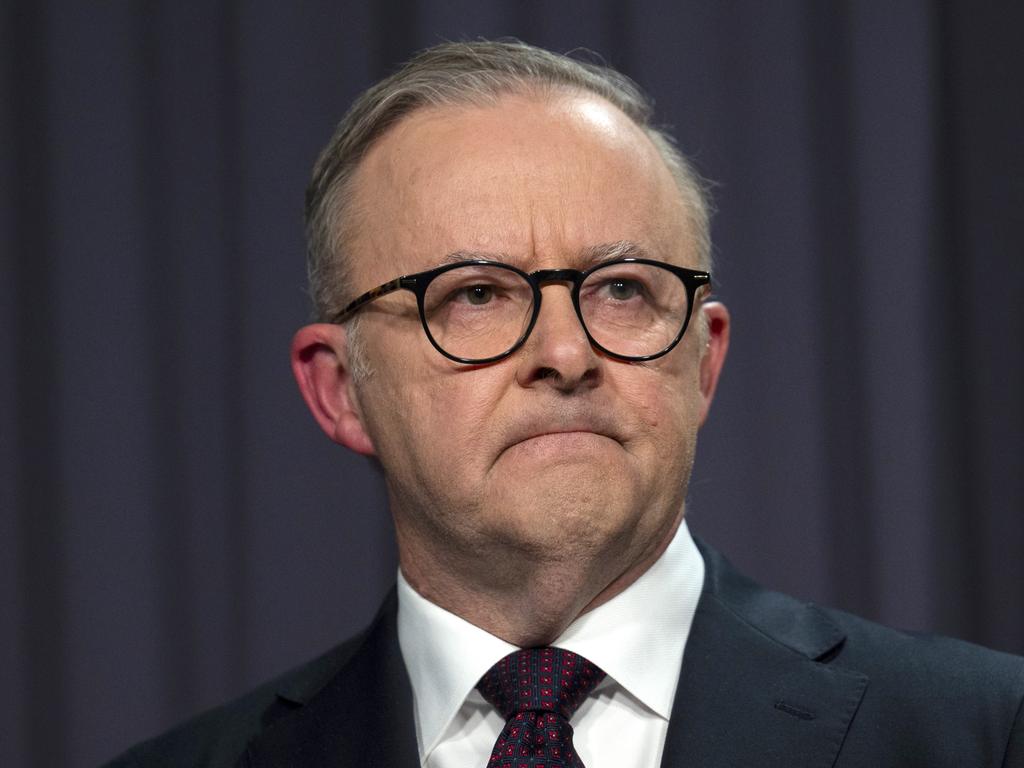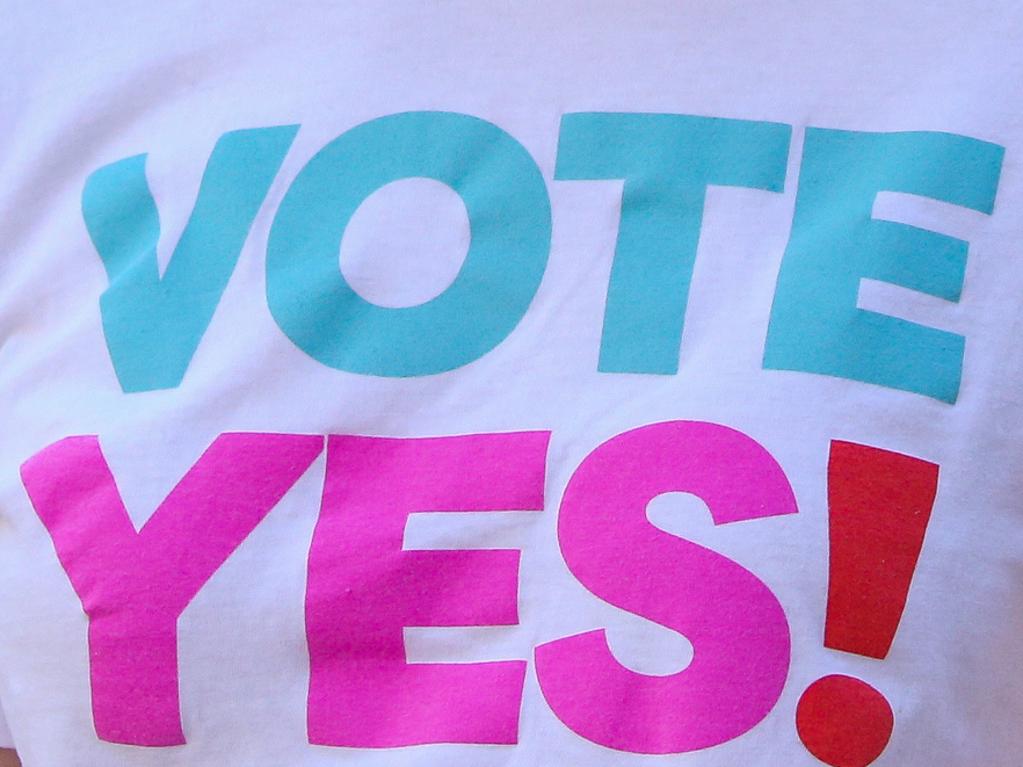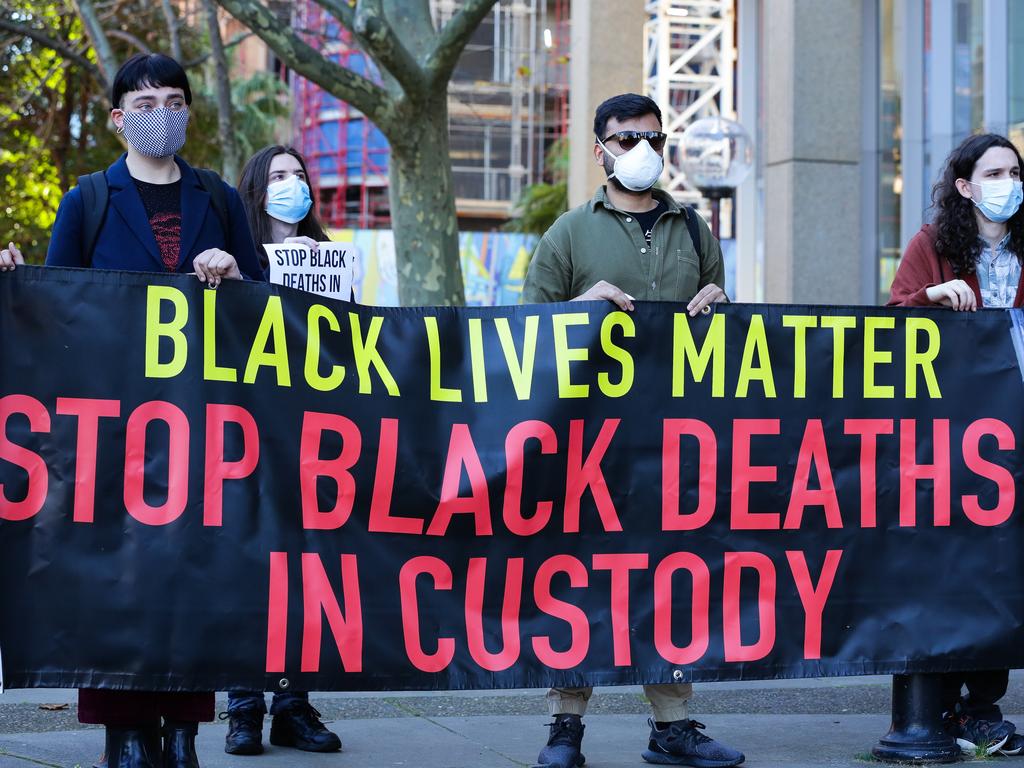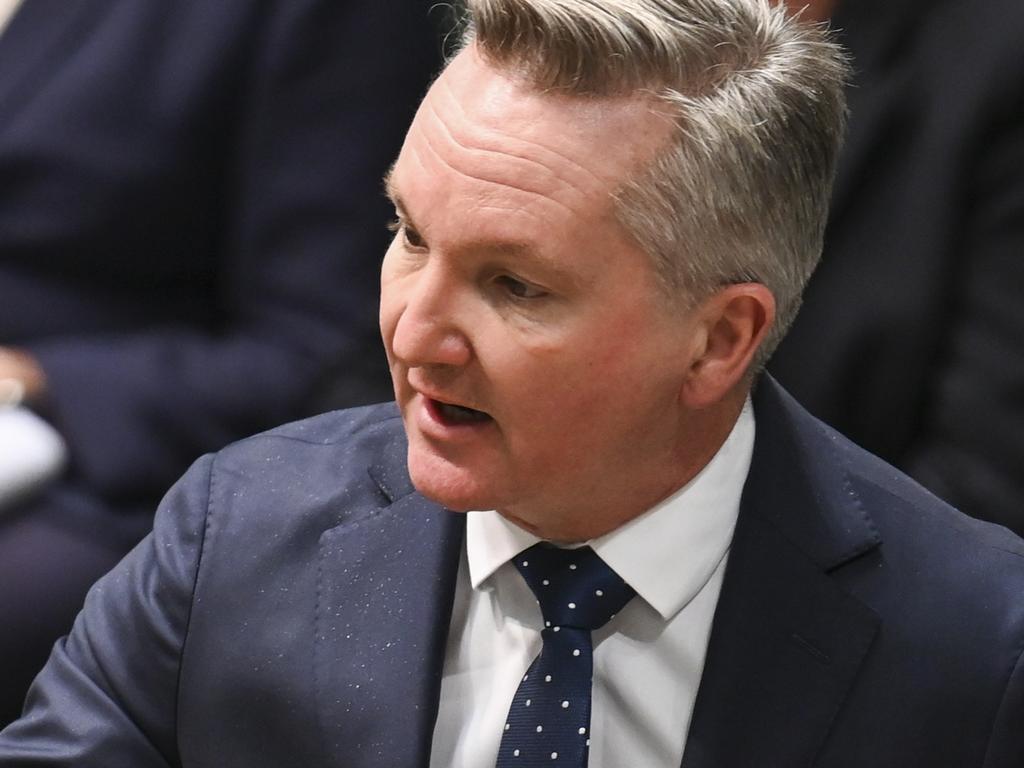Come off it, spinner
IN line with its whatever-it-takes politics, Labor has been running an unrelenting - but highly misleading - campaign emphasising interest-rate rises under the Howard Government.
As with other dubious products brought to you by former Carr spinmeister Walt Secord and the Hawker Britton team, it's sufficiently long on fabrication and short on fact to excite the naive and the foolish. Those who lived through Paul Keating's 1991-1992 "recession we had to have'', and endured the crippling rate rises used as a blunt instrument to cudgel into submission galloping inflation, aren't so easily fooled. Seeing the former prime minister and treasurer launch candidate Greg Combet's campaign last week brought to mind Marx's words from 1852: "history repeats itself first as tragedy, then as farce'', but with the twist that Keating's re-appearance is history repeating itself first as tragedy and second as tragedy. Although it's indisputable that there have been five interest-rate rises since March, 2005 and the prospect of a sixth on Melbourne Cup day seems, according to all the economists, a foregone conclusion, Labor wants to skim over the details. Why? Because each of those rate rises has been by just 0.25 per cent, for a total increase of 1.25 per cent over three years. During last Monday's worm-infested debate, Opposition Leader Kevin Rudd counted on his fingers to lampoon the five 0.25 per cent increases. It was his little joke, but had he attempted to convey the magnitude of the size of just three rate rises under the Hawke-Keating government in just five months using 0.25 per cent as the equivalent of a finger, he would have needed both fists and a few toes. Between August and December of 1994, interest rates increased by 2.75 per cent. There was a 0.75 per cent hike in August (three times the size of any of the rises under the Howard Government); a further one per cent jump in October (four times the size of any of the increases under Howard); and another one per cent in December - all within five months, as opposed to the incremental increases the present Government delivered over 36 months. Putting it another way, in the space of five months, the Hawke-Keating government whacked home mortgagees with increases more than double the size of those delivered under Howard over three years. It's the comparison Rudd, Secord and the Hawker Britton team don't want you thinking about. This was at the end of the period that John Howard, from Opposition, dubbed Australia's "five minutes of economic sunshine'' because the number of unemployed peaked at one million during the March, 1993 election campaign. A little over 18 months after unemployment hit one million, interest rates were jacked up 2.75 per cent. There's another significant difference between the record of the last Labor government and that of the current Government that Rudd and the myth-makers prefer to ignore: in 1993-1994, the Budget was in deficit to the tune of $17.1 billion - or 3.7 per cent of GDP - which is equivalent to $37 billion in today's terms. Under the Howard Government, Australia has had significant, above-expectations Budget surpluses for four years in a row, and it aims to keep producing surpluses of one per cent of GDP. The surplus was 1.5 per cent of GDP in 2004-05, 1.6 per cent in 2005-06 and 1.6 per cent in 2006-07. For 2007-08, it's expected to be 1.3 per cent. Further, the constant cry that the 22 per cent overnight cash rate in 1982 - when Howard was treasurer in Malcolm Fraser's government - is a record, is an absolute furphy. Labor has craftily taken Reserve Bank data for the overnight cash rate that was published on a daily basis, but the series only goes back to 1976. On its website, however, the RBA lists monthly averages for the overnight cash rate going back to 1969. They clearly show the highest monthly average for this figure was 21.75 per cent in May, 1974, whereas the monthly average in April, 1982 was 21.39 per cent. This may be splitting hairs and counting angels dancing on the heads of pins, but if you're going to toss a figure out you should get it right. Labor's claim is just not true. For those who still don't understand the magnitude of the achievement of the Howard fiscal policy and who continue to shriek about the threat of high interest rates, let me put it another way. It would take another eight rises, each of 0.25 per cent, just to get to the 10.5 per cent interest rate that applied when Howard was first elected in 1996. To get to the Keating level, it would take nearly three years if an increase of 0.25 per cent was applied each month. True, the Hawke-Keating government made some welcome economic reforms - all of which were supported by the Opposition at the time. True, all of the Howard government's economic reforms have been opposed by the ALP. But, further, it is Rudd who now wants to wind back the Government's reforms, risking a breakout in wages growth that would inevitably force the RBA to impose interest-rate hikes of a magnitude not seen since the Hawke-Keating era. That threat alone shows that Rudd has no idea of the economic consequences of his industrial-relations policy. Labor claims to be able to manage an economy. The evidence clearly demonstrates otherwise, as Paul Keating's presence reminded us last week.






